Agra, renowned for the magnificent Taj Mahal, stands as a testament to India’s rich history and cultural heritage. Amidst the grandeur of Mughal architecture, Agra also houses some remarkable temples that offer a glimpse into the city’s spiritual side. While the Taj Mahal draws millions of visitors annually, these temples quietly hold their own significance, attracting devotees and tourists alike. Let’s embark on a journey to discover the best temples in Agra, along with answering five frequently asked questions.
Shri Mankameshwar Mandir
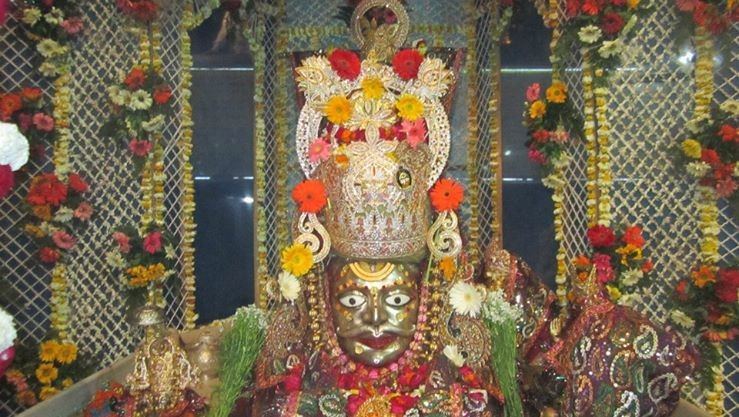
Located near the bustling markets of Agra, Shri Mankameshwar Mandir is one of the oldest and most revered temples in the city. Dedicated to Lord Shiva, this temple exudes a serene atmosphere amidst the chaos of the surrounding streets. The main deity, Lord Shiva, is worshipped here in the form of a lingam, and the temple witnesses a significant footfall, especially during festivals like Mahashivratri.
Balkeshwar Mandir
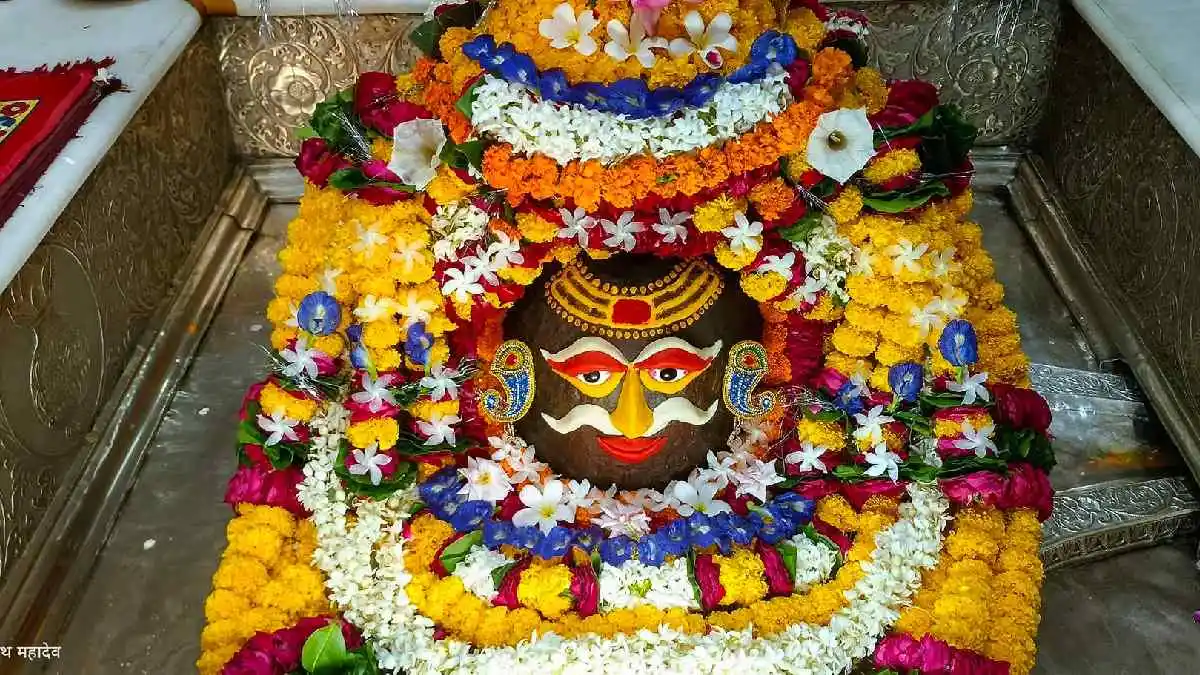
Situated on the banks of the Yamuna River, Balkeshwar Mandir is another ancient temple that holds immense religious importance. Dedicated to Lord Shiva, this temple offers a picturesque view, especially during sunset when the golden hues reflect upon the river’s surface. Devotees flock here to seek the blessings of Lord Shiva and partake in the tranquil ambiance.
Prithvinath Temple
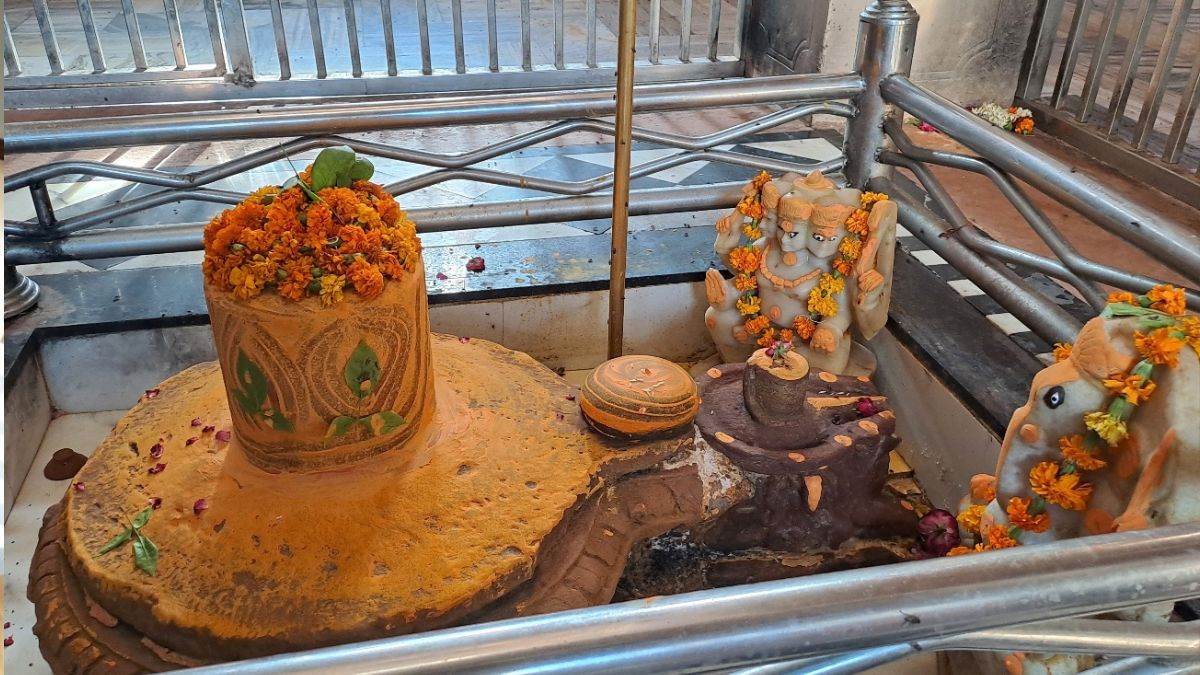
Agra’s architectural marvels are not limited to Mughal edifices; the Prithvinath Temple stands as a testament to this fact. Constructed in red sandstone, this temple is dedicated to Lord Krishna and showcases exquisite craftsmanship. The temple complex also houses shrines dedicated to other Hindu deities, making it a significant religious site for devotees.
Rajeshwar Mandir
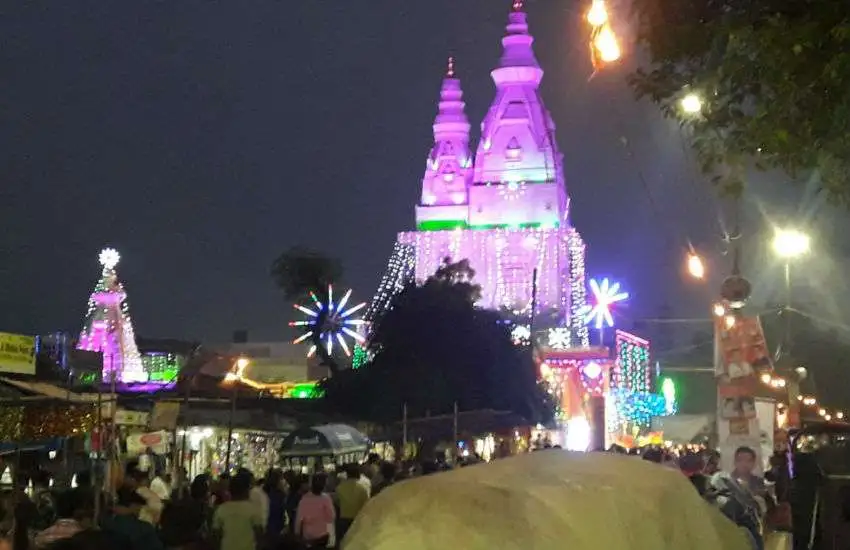
Rajeshwar Mandir, dedicated to Lord Shiva, is a hidden gem tucked away in the narrow lanes of Agra. Despite its relatively modest size, the temple emanates a divine aura that captivates visitors. The intricate carvings adorning the temple walls and the peaceful surroundings make it a must-visit for those seeking spiritual solace.
Kailash Temple
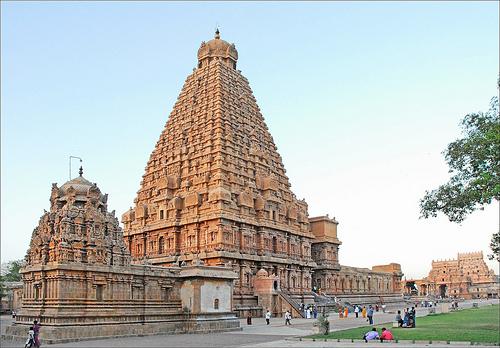
Nestled amidst lush greenery, Kailash Temple is a tranquil oasis away from the hustle and bustle of the city. Dedicated to Lord Shiva, this temple is renowned for its architectural splendor, reminiscent of the grandeur of Khajuraho temples. The serene ambiance and the intricate sculptures depicting various mythological scenes make it a captivating destination for spiritual seekers and history enthusiasts alike.
FAQs:
Are these temples open to all visitors, regardless of their faith?
Yes, these temples are open to people of all faiths and beliefs. Visitors are welcome to explore the temples and partake in the rituals and ceremonies conducted here, irrespective of their religious affiliations.
Are there any specific dress codes to be followed while visiting these temples?
While there are no strict dress codes enforced, it is advisable to dress modestly out of respect for the religious sentiments associated with these temples. Wearing attire that covers the shoulders and knees is generally considered appropriate.
Are photography and videography allowed inside the temples?
Photography and videography policies may vary from temple to temple. It is recommended to inquire with the temple authorities regarding their specific guidelines regarding capturing images or videos inside the premises.
What are the best times to visit these temples?
The best time to visit these temples is during the early morning or late afternoon when the weather is relatively pleasant, and the crowds are sparse. However, it’s essential to check the timings of the individual temples as they may have specific opening and closing hours.
Are there any specific festivals or events celebrated at these temples?
Yes, several festivals and events are celebrated at these temples throughout the year. Mahashivratri, Janmashtami, and Diwali are some of the major festivals observed with great fervor and enthusiasm. Visitors can witness vibrant celebrations and immerse themselves in the festive spirit during these occasions.
